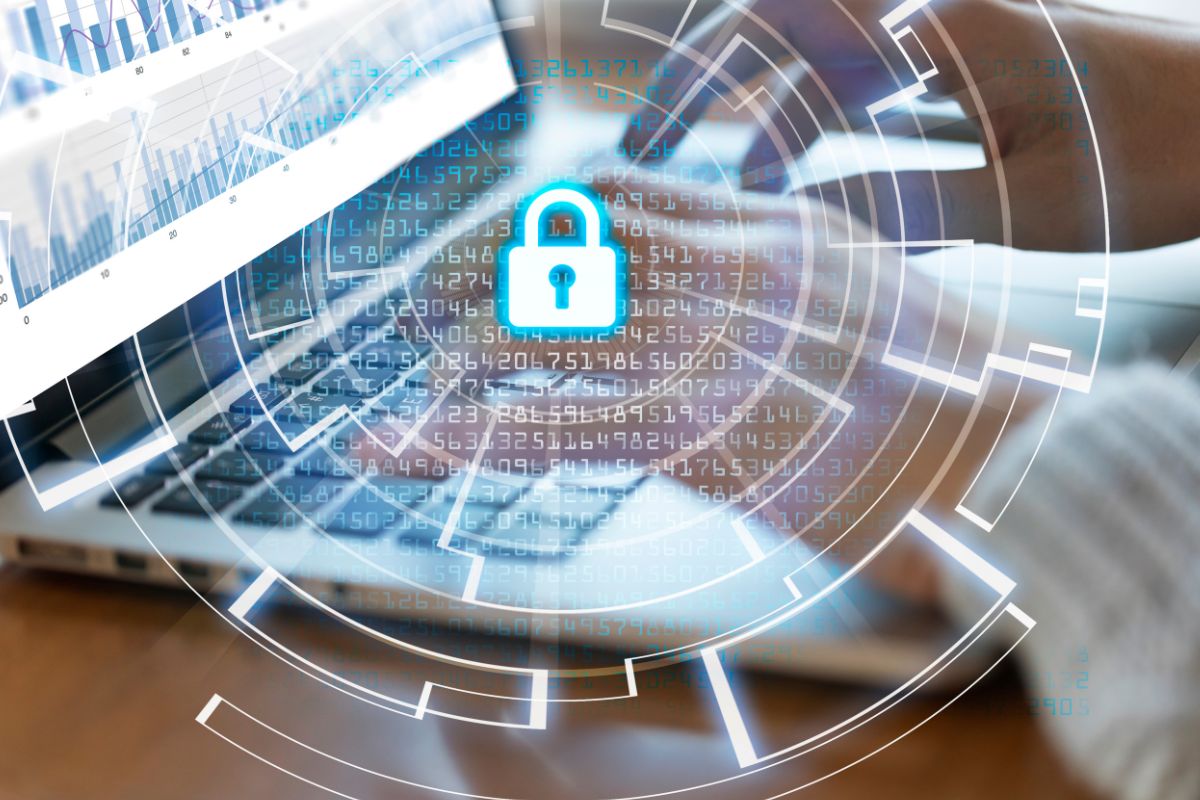In today’s digital age, online education has become an integral part of learning. Whether for professional development, skill enhancement, or academic pursuits, students and educators increasingly rely on online platforms for their educational needs. However, as the use of technology in education rises, so do the associated risks. Cybersecurity in online education has become a pressing concern for institutions, educators, and students alike. This article delves into the significance of cybersecurity in online education, common threats, and strategies for safeguarding sensitive information.
The Growing Importance of Cybersecurity in Online Education
As more educational institutions adopt online learning methods, the importance of cybersecurity in online education cannot be overstated. Students access sensitive information, including personal details, financial records, and academic data, making it imperative to ensure this data is protected from unauthorized access and cyber threats. The transition to online platforms has created new vulnerabilities, which cybercriminals are eager to exploit.
Educational institutions are prime targets for cyberattacks due to the valuable data they hold. A single breach can lead to the exposure of thousands of students’ personal and financial information. Additionally, the disruption caused by cyberattacks can hinder the educational process, causing significant losses to institutions and students alike. Thus, understanding and addressing cybersecurity in online education is vital for maintaining trust and safety in the digital learning environment.
Common Cybersecurity Threats in Online Education
Several cyber threats target online education platforms, and understanding these risks is crucial for developing effective strategies. Here are some of the most common threats associated with cybersecurity in online education:

- Phishing Attacks: Phishing involves deceptive emails or messages designed to trick recipients into providing personal information, such as usernames and passwords. In the context of online education, students and educators may receive fraudulent emails appearing to be from legitimate sources, making them vulnerable to identity theft.
- Ransomware: Ransomware is a type of malware that encrypts a user’s files, demanding a ransom for their release. Educational institutions have been increasingly targeted by ransomware attacks, resulting in significant financial losses and disruptions to learning.
- Data Breaches: Data breaches occur when unauthorized individuals gain access to sensitive information. In online education, this can include student records, academic performance data, and payment information. A data breach can have long-lasting effects, damaging an institution’s reputation and eroding trust among students.
- Insecure Networks: Many students access online learning platforms through public Wi-Fi networks, which may not be secure. This creates an opportunity for cybercriminals to intercept data, posing a risk to personal and financial information.
- Credential Stuffing: This attack exploits the tendency of individuals to use the same passwords across multiple platforms. Cybercriminals can obtain these credentials from data breaches and attempt to access educational accounts, risking unauthorized access to sensitive information.
Strategies for Enhancing Cybersecurity in Online Education
To mitigate the risks associated with cybersecurity in online education, institutions and users must adopt proactive measures. Here are some essential strategies to enhance cybersecurity:

- Implement Strong Authentication Measures: Institutions should enforce multi-factor authentication (MFA) for accessing online platforms. MFA adds an extra layer of security by requiring users to provide additional verification, such as a code sent to their mobile device, alongside their password.
- Conduct Regular Security Training: Educational institutions should provide regular cybersecurity training for faculty, staff, and students. Awareness programs can help users recognize phishing attempts and understand the importance of safeguarding their information.
- Utilize Secure Platforms: Institutions must invest in secure online learning platforms that prioritize cybersecurity. These platforms should employ encryption, secure coding practices, and regular security audits to protect user data.
- Maintain Software Updates: Keeping software up to date is crucial for cybersecurity in online education. Regular updates patch known vulnerabilities, reducing the risk of exploitation by cybercriminals.
- Establish Incident Response Plans: Educational institutions should develop and maintain incident response plans to address potential cybersecurity breaches. These plans should outline the steps to take in the event of an attack, including communication protocols and recovery strategies.
- Encourage Safe Practices for Students: Students should be educated on safe online practices, such as avoiding public Wi-Fi for sensitive transactions, using unique passwords, and recognizing the signs of phishing attempts. This awareness can significantly reduce the likelihood of cyber incidents.
The Role of Technology in Cybersecurity
Technology plays a vital role in enhancing cybersecurity in online education. Various tools and solutions can help institutions and users protect their information, such as:

- Firewalls: Implementing firewalls helps protect networks from unauthorized access, providing an essential barrier against cyber threats.
- Antivirus Software: Regularly updated antivirus software can detect and eliminate malware, safeguarding devices used for online education.
- Encryption Tools: Encryption tools ensure that sensitive information is unreadable to unauthorized individuals. Institutions should employ encryption for data at rest and in transit.
- Monitoring Tools: Continuous monitoring of networks can help detect unusual activity that may indicate a cyber threat, allowing for quick responses to potential breaches.
Conclusion
As online education continues to flourish, the importance of cybersecurity in online education becomes increasingly evident. Educational institutions must prioritize cybersecurity to protect the sensitive information of students and staff. By understanding the common threats and implementing effective strategies, institutions can create a safer online learning environment. In this digital landscape, a collaborative effort from all stakeholders—educators, students, and institutions—is essential to foster a secure educational experience. As we move forward, embracing robust cybersecurity measures will not only safeguard data but also enhance the overall quality and integrity of online education.


















